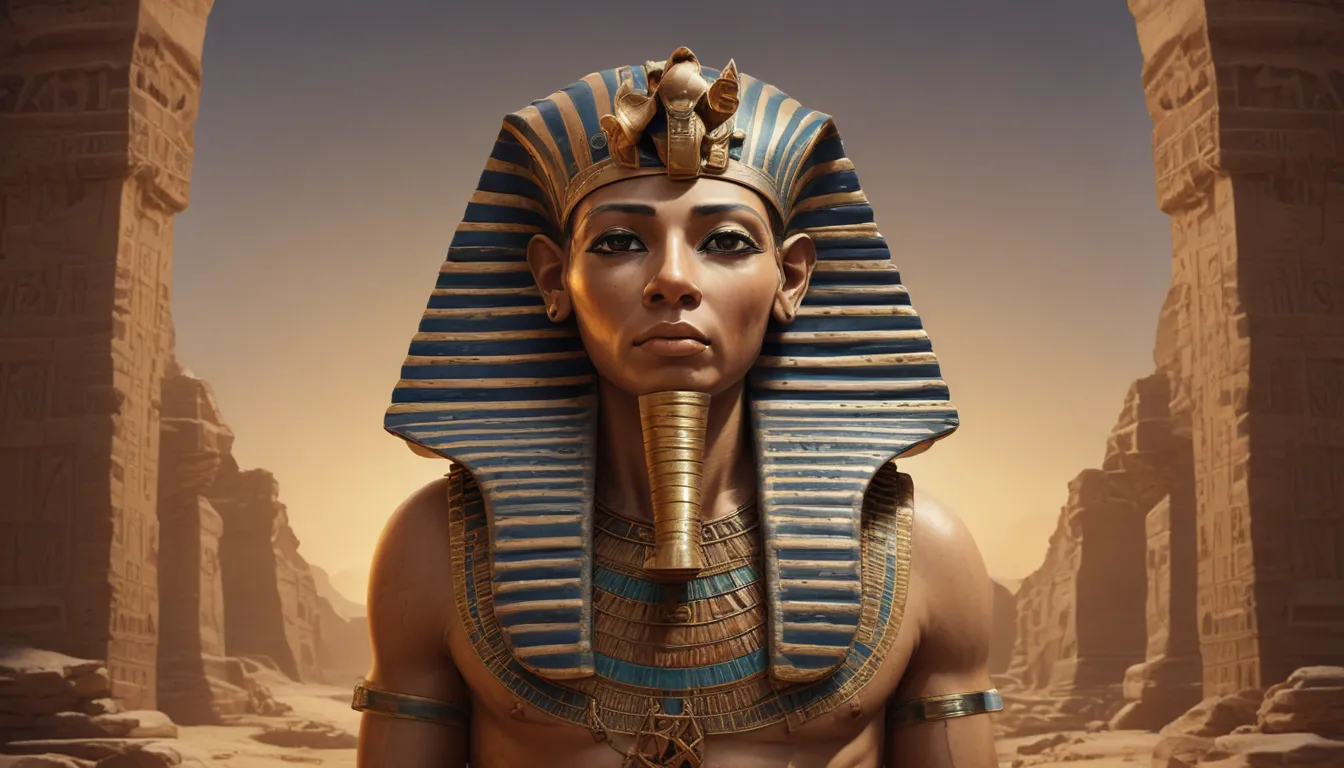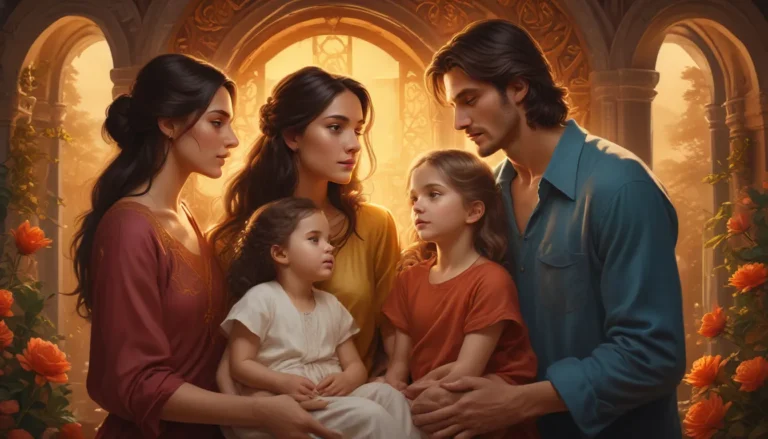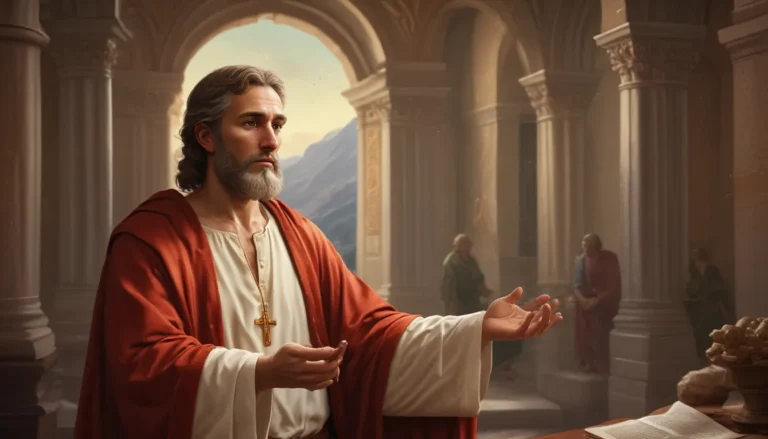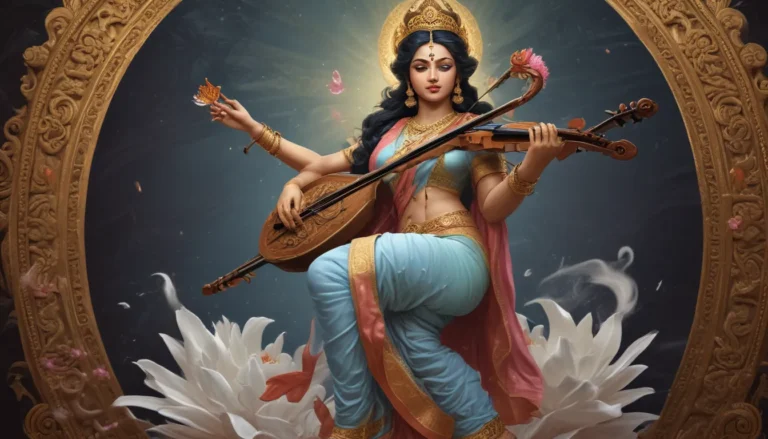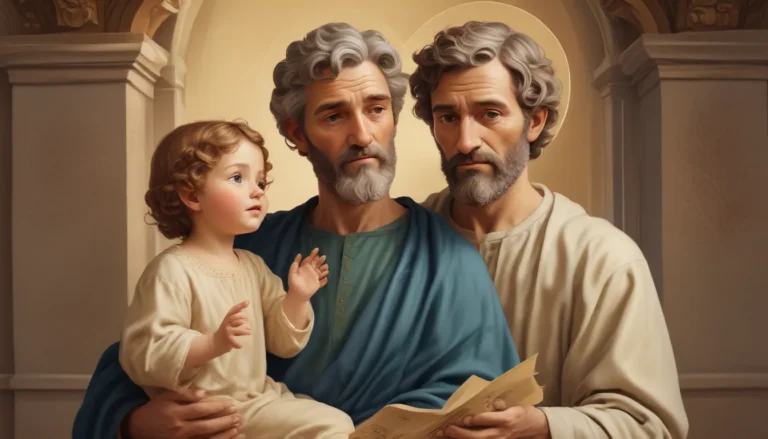The images in our articles may not match the content exactly. They are used to grab your attention, not to show the exact details in the text. The images complement the text but do not replace it.
Welcome to a fascinating journey into the realm of Geb, the Egyptian god of the earth. This deity, associated with fertility, stability, and nurturing life, played a vital role in ancient Egyptian mythology and religious beliefs. Join us as we uncover 20 intriguing facts about Geb, shedding light on his significance, symbolism, and enduring legacy in Egyptian culture.
Unveiling the Origins of Geb:
Geb, the son of Shu and Tefnut, boasts a divine lineage that underscores his importance in the Egyptian pantheon. His familial connections influence his position and role in the mythological hierarchy.
Symbolism in Ancient Art:
In ancient Egyptian art, Geb is often depicted lying beneath his sister-wife Nut, the goddess of the sky. This portrayal symbolizes their intertwined roles in shaping the earth and the heavens.
Fertility and Agriculture:
Geb’s association with fertility and the nurturing of crops earned him reverence among the ancient Egyptians. He was worshipped for his role in promoting agricultural abundance and ensuring bountiful harvests.
Symbolic Depictions:
Artistic representations of Geb often feature him with green or brown skin, symbolizing the fertile earth he governs. These visual cues highlight his connection to the land and its productive capabilities.
Family Connections:
Geb and Nut are the parents of Osiris, Isis, Set, and Nephthys, prominent deities in Egyptian mythology. Geb’s role as a father figure influences his narrative in various myths and legends.
Mythological Significance:
Geb plays a pivotal role in the Osiris myth, a timeless tale that explores themes of death, rebirth, and cosmic order. His involvement in this narrative adds depth to his character and persona.
Sacred Symbols:
Geb is closely associated with the “benben” stone, a sacred symbol representing the primordial mound from which the earth emerged. This connection reinforces his status as the god of the earth.
Cosmic Order and Balance:
As a guardian of the earth, Geb is intricately linked to the concept of ma’at, symbolizing cosmic order, balance, and justice. His presence ensures harmony and stability in the natural world.
Role in Egyptian Society:
Geb’s association with the annual flooding of the Nile River, a vital event for agricultural prosperity, highlights his role in sustaining abundance and prosperity in ancient Egypt. His influence reaches beyond the mythological realm into everyday life.
Artistic Representations:
Depictions of Geb often feature plants growing from his body, emphasizing his association with fertility and the nurturing of vegetation. These visual motifs reflect his role as a source of life and growth.
Unique Attributes:
In some texts, Geb is humorously referred to as the “Great Cackler,” a playful nod to his connection with the goose, a symbol of fertility and abundance. These anecdotes add layers to his character and persona.
Associations with Nature:
Geb’s depiction with a snake around his head symbolizes his connection to the earth and its primal forces. This imagery underscores his embodiment of natural phenomena and life cycles.
Revered Membership:
As a member of the Ennead, a revered assembly of nine deities in Egyptian mythology, Geb holds a prestigious position among his divine counterparts. His interactions with other gods and goddesses shape the mythological landscape.
Attributes of Authority:
Geb is often depicted with a scepter and an ankh, symbols of his authority and dominion over the earth. These regal motifs accentuate his role as a powerful deity in the Egyptian pantheon.
Symbol of Stability:
In Egyptian belief, Geb represents stability and steadfastness, providing a sense of security and permanence in a world of constant flux. His presence offers reassurance and continuity in the natural order.
Themes of Resurrection:
Geb’s association with resurrection and renewal aligns him with enduring themes in Egyptian mythology. His connection to the earth’s regenerative powers underscores the cyclical nature of life and death.
Patron of Abundance:
Ancient Egyptians sought Geb’s blessings for abundance and prosperity, acknowledging his essential role in sustaining their agricultural livelihood. His benevolent nature endeared him to the people as a provider of sustenance and protection.
Nurturing Deity:
Geb’s nurturing influence and benevolent demeanor earned him the adoration and reverence of the ancient Egyptians. They looked to him as a source of life, growth, and sustenance in a world governed by natural forces.
Legacy and Reverence:
Geb, the Egyptian god of the earth, remains an enduring symbol of fertility, stability, and the nurturing forces of the natural world. His profound significance in ancient Egyptian mythology continues to inspire awe and reverence for the earth and its life-giving properties.
Conclusion:
In conclusion, Geb, the Egyptian god of the earth, occupies a significant place in ancient Egyptian mythology and religious beliefs. His role as a guardian of fertility, stability, and cosmic order highlights the reverence and importance accorded to the earth in ancient Egyptian culture. Through Geb’s enduring legacy, we gain deeper insights into the interconnectedness of life, nature, and spirituality in the rich tapestry of Egyptian civilization.
FAQs:
What are Geb’s main attributes and symbols?
Geb is commonly depicted as a man lying on the ground, symbolizing the earth. He is associated with green or brown skin, snakes, geese, and the sacred goose, representing fertility and abundance.
What role did Geb play in ancient Egyptian mythology?
Geb served as the god of the earth, nurturing and sustaining life. His union with Nut and his role in shaping the cosmic order influenced various aspects of Egyptian mythology and culture.
Was this page helpful?
We strive to deliver engaging and factual content that enriches our readers’ understanding of mythology and ancient beliefs. Each fact on our site is contributed by real users like you, ensuring diverse insights and reliable information. Our commitment to quality and authenticity guarantees that the facts we share are both fascinating and credible. Trust in our dedication to providing accurate and captivating content as you delve into the realms of history, mythology, and spirituality.
